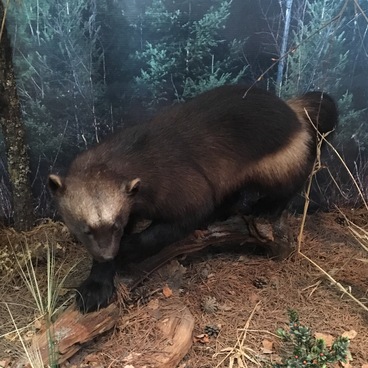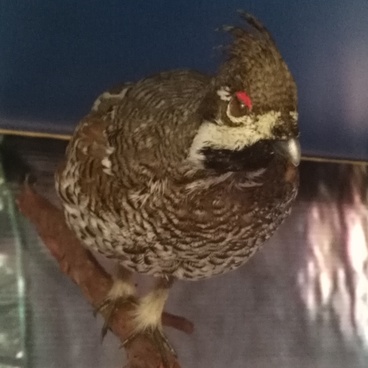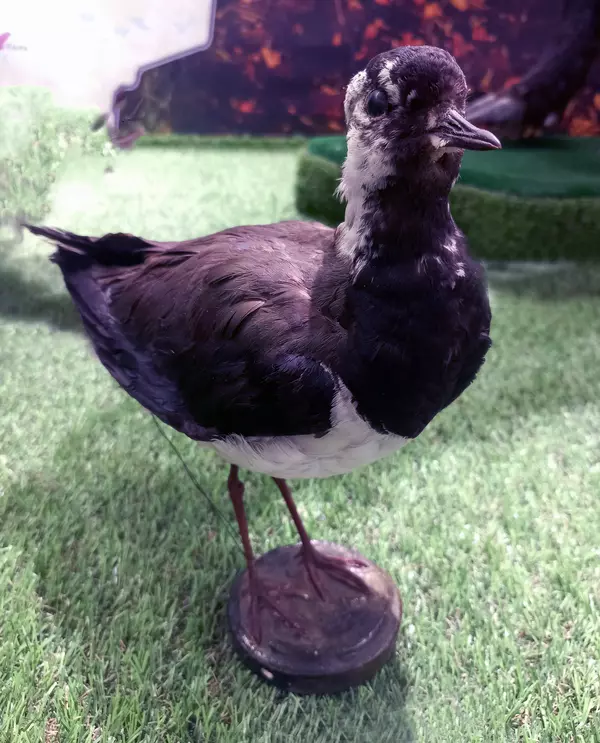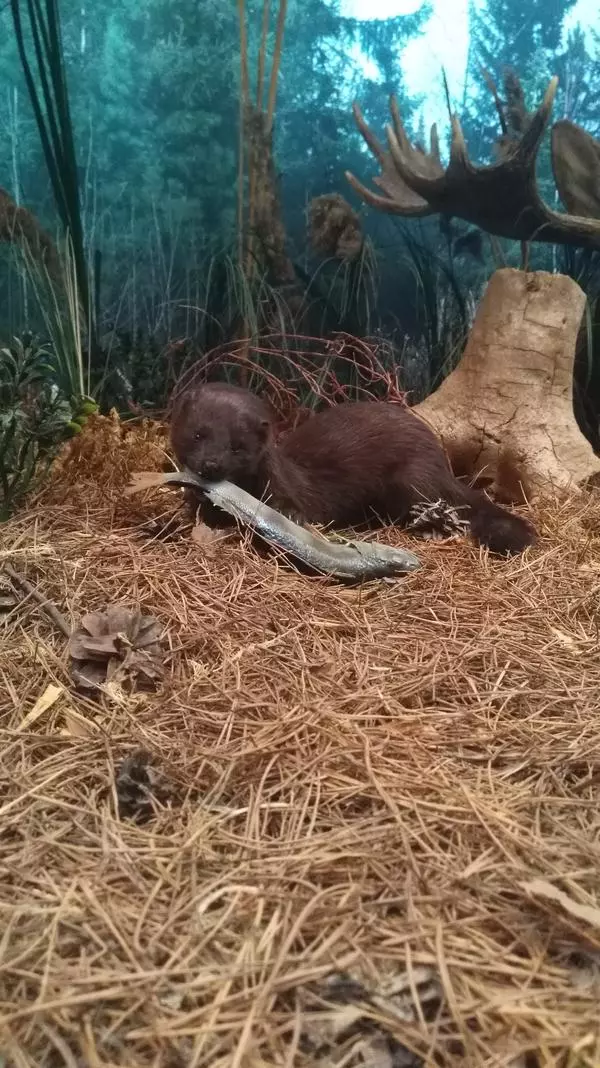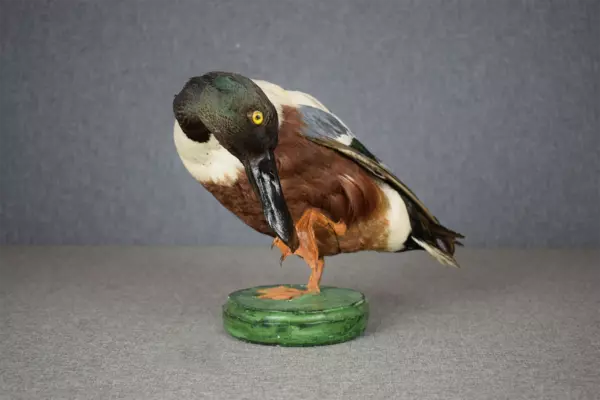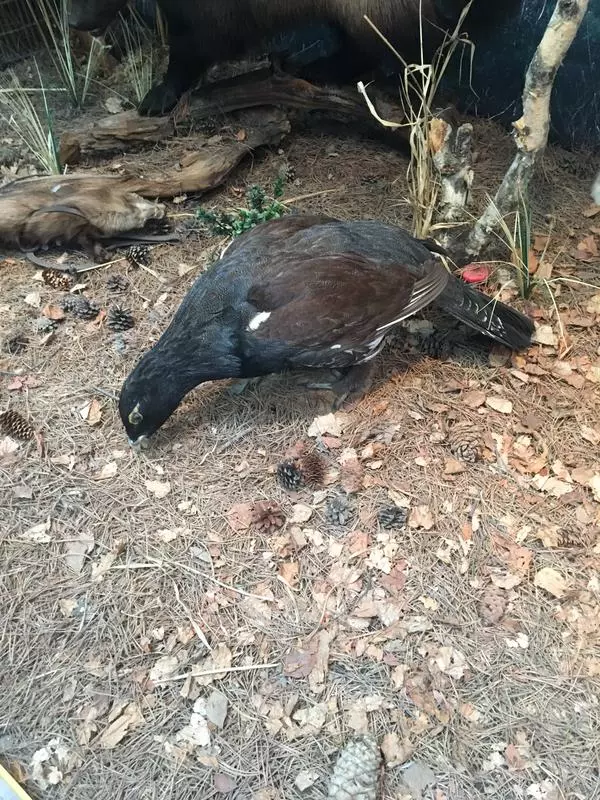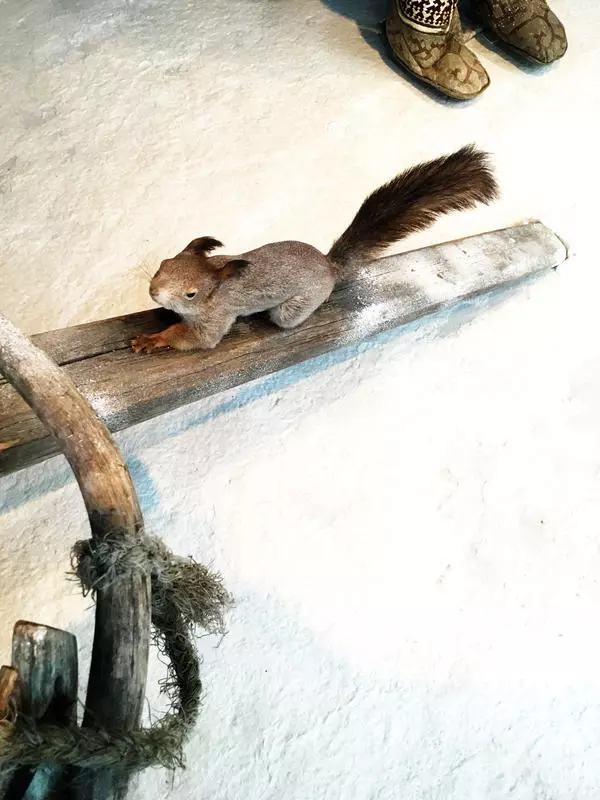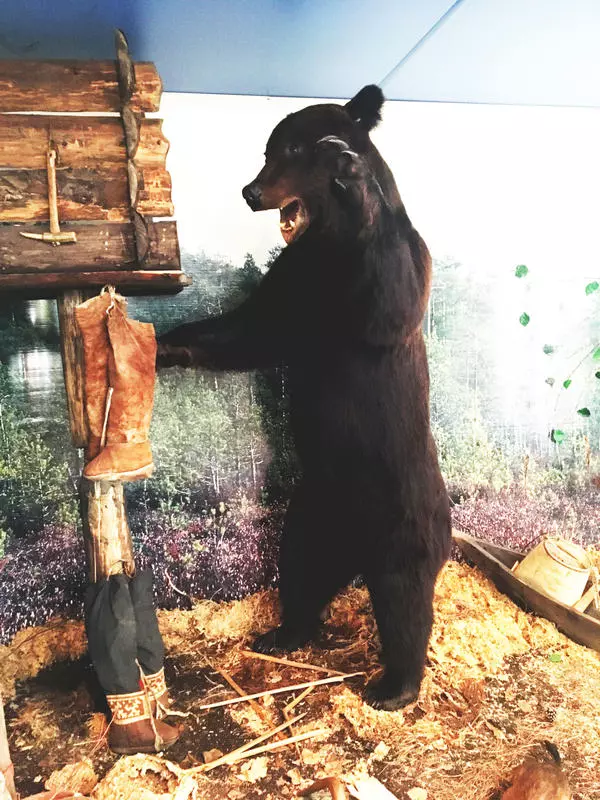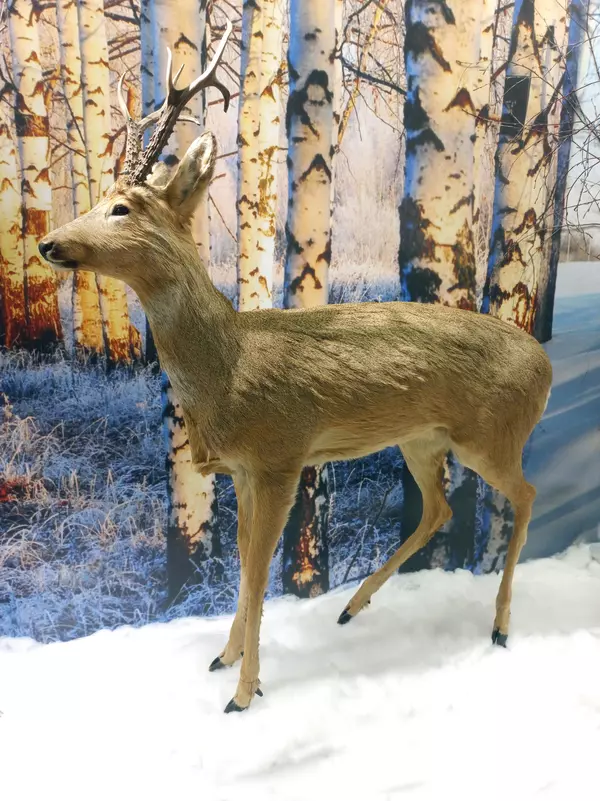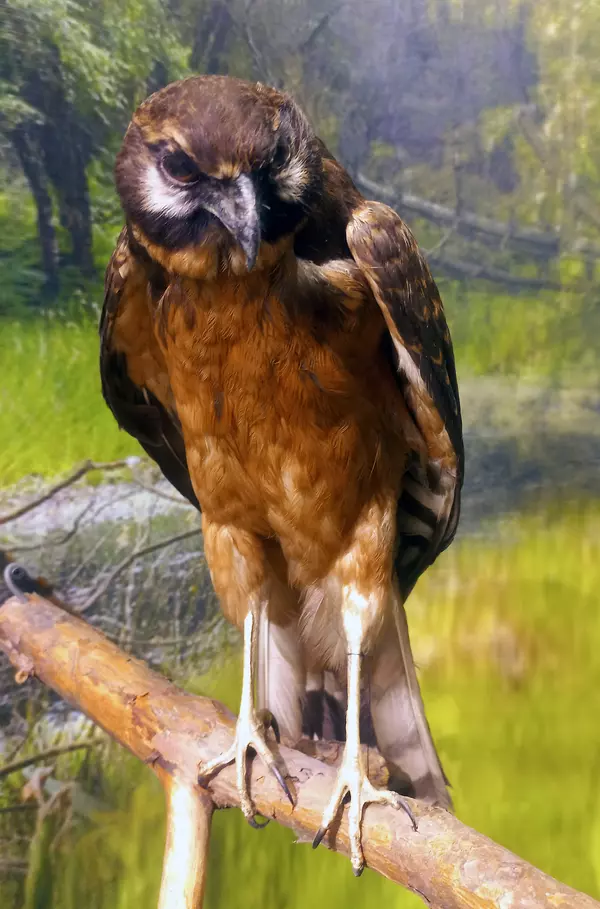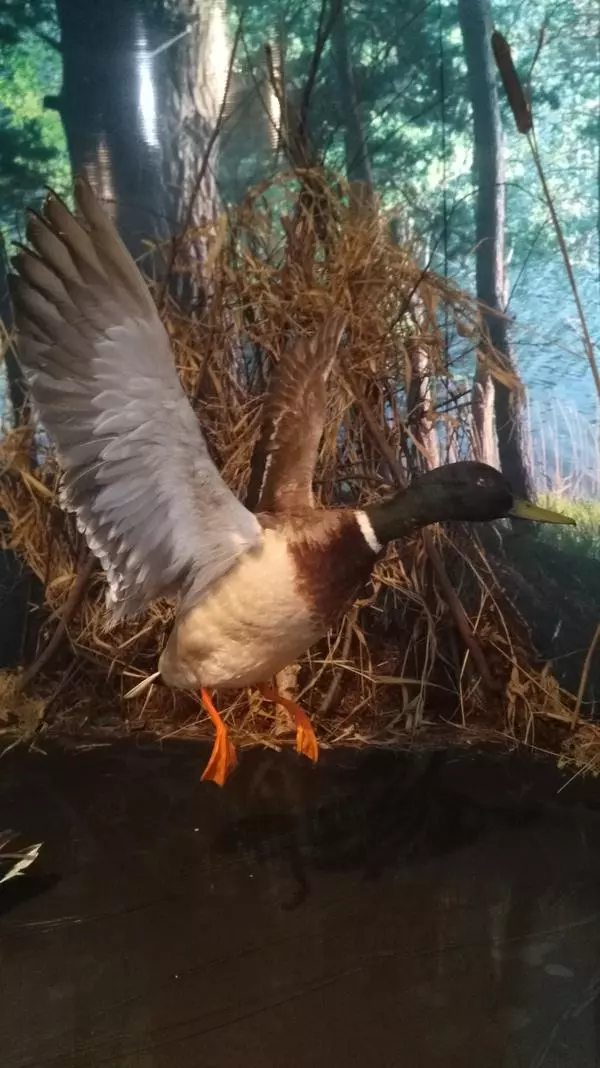Sable is the most valuable fur-bearing animal of Western Siberia, a representative of the marten family. The animal peltry color is variable, and its variations have special names. The ‘head’ is the darkest, almost black. The ‘fur’ is very light, sandy yellow, or fawn. The ‘neckpiece’ has a brown tone with a dark belt on the back, lighter sides, and a large bright throat spot. Thanks to its beautiful, durable and expensive fur, the sable received a second name — the ‘king of wild fur’ or the ‘soft gold’.
Sable is a common inhabitant of the Siberian taiga. This is a predator that is dexterous and incredibly strong for its not very large size. The animal body length is on the average up to 56 centimeters, and the weight is not more than two kilograms.
Sable is used to a terrestrial lifestyle. It prefers dark coniferous cluttered taiga, and especially loves cedar forests. The animal food ration includes mostly mouse-like rodents, it often attacks squirrels and hares, hazel grouses and capercaillies. It also eats plant foods such as pine nuts, mountain ash, blueberries, bird cherries, rose hips and currants.
For rest, the sable uses a nest, which it builds in different hollows: under a fallen tree, in a low tree cavity or under large stones. It uses wood dust, hay, feathers and moss to carpet its space bottom. In bad weather, the sable does not leave its home, inside which the temperature remains stable at a level of 15-23 degrees. Every two or three years, the animal replaces the old nest with a new one.
Sables do not give voice very often, but like martens, in case of fright and irritation they growl, and when defending themselves from the enemy they wuff. Mating games of animals are accompanied by meowing, rapidly repeating guttural sounds, and a dull grunt.
Sable has been hunted since ancient times: fluffy skins were used by the peoples of Siberia to pay yasak — a tax in-kind. Sable furs were even supplied to Western Europe — there was a great demand for them there. However, since the end of the 17th century, due to uncontrolled hunting, the population was significantly undermined. In the early 20th century, the sable survived, although in small quantity, on the territory of the present Uvat district, whereas it disappeared almost everywhere in Western Siberia.
Sable is a common inhabitant of the Siberian taiga. This is a predator that is dexterous and incredibly strong for its not very large size. The animal body length is on the average up to 56 centimeters, and the weight is not more than two kilograms.
Sable is used to a terrestrial lifestyle. It prefers dark coniferous cluttered taiga, and especially loves cedar forests. The animal food ration includes mostly mouse-like rodents, it often attacks squirrels and hares, hazel grouses and capercaillies. It also eats plant foods such as pine nuts, mountain ash, blueberries, bird cherries, rose hips and currants.
For rest, the sable uses a nest, which it builds in different hollows: under a fallen tree, in a low tree cavity or under large stones. It uses wood dust, hay, feathers and moss to carpet its space bottom. In bad weather, the sable does not leave its home, inside which the temperature remains stable at a level of 15-23 degrees. Every two or three years, the animal replaces the old nest with a new one.
Sables do not give voice very often, but like martens, in case of fright and irritation they growl, and when defending themselves from the enemy they wuff. Mating games of animals are accompanied by meowing, rapidly repeating guttural sounds, and a dull grunt.
Sable has been hunted since ancient times: fluffy skins were used by the peoples of Siberia to pay yasak — a tax in-kind. Sable furs were even supplied to Western Europe — there was a great demand for them there. However, since the end of the 17th century, due to uncontrolled hunting, the population was significantly undermined. In the early 20th century, the sable survived, although in small quantity, on the territory of the present Uvat district, whereas it disappeared almost everywhere in Western Siberia.
